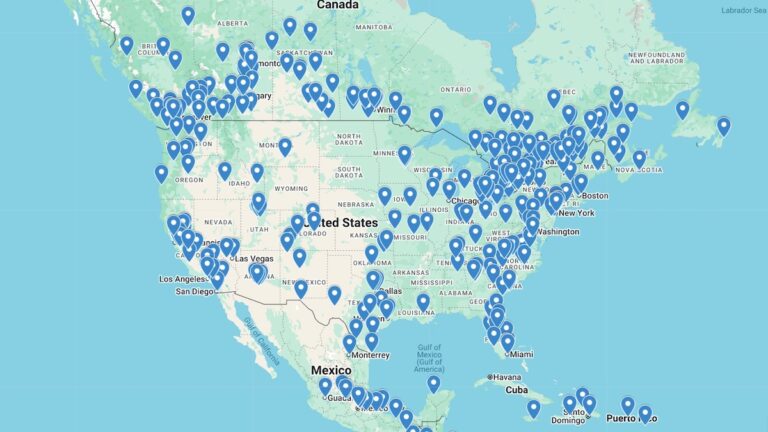
Ever wonder what challenges keep arts and recreation groups going in the remote parts of Northwestern Ontario? This report digs into it – from the tough recovery after the pandemic to dealing with all the online noise and keeping communities connected. It’s a look at what these vital organizations are up against.
A newly released report, “Sustaining Culture and Community: An Analysis of Arts and Recreation Nonprofits in Northwestern Ontario’s Unorganized Territories,” reveals the daunting challenges faced by community organizations in the region, highlighting critical threats to their sustainability. This initial study and environmental scan focuses on the unique context of “unorganized territories” in Northwestern Ontario, areas facing multiple systemic barriers, often lacking formal municipal governance and heavily reliant on nonprofits for essential cultural and recreational services.
Key Northern Ontario Statistics Paint a Troubling Picture
The report provides a wealth of statistics that underscore the precarious situation of these nonprofits:
- Increased Demand, Diminished Capacity: Nonprofits across Ontario have experienced an 83% surge in demand for their programs since the pandemic. Specifically, arts and culture organizations reported a 68% increase, and sports and recreation organizations an 83% increase in demand. In Northwestern Ontario, 85% of organizations reported an increase in demand in the past five years. However, many organizations have been unable to restore pre-pandemic service levels due to financial and resource constraints.
- Financial Instability: 54% of nonprofits have seen stagnant or declining revenues, while 84% have reported increased expenses.
- Volunteer Decline: 55% of Canadian charities report having fewer volunteers compared to pre-pandemic levels, exacerbating the strain on nonprofits that heavily rely on volunteer support. Notably, 55% of Canadian nonprofits have no paid employees, highlighting this reliance.
- Staff Burnout: 63% of nonprofits are concerned about losing employees due to burnout.
- Risk of Closure: 39% of Ontario nonprofits believe they are at significant risk of not existing in the next three years, with this risk being even higher for organizations in Northern Ontario and Indigenous-led organizations, where 29% reported such a risk.
- Demographic Challenges: Northwestern Ontario faces unique demographic challenges. The region covers a vast area (526,417.35 km2) but has a sparse population density of only 0.5 persons per square kilometer, compared to Northern Ontario’s overall density of less than 1 person per square kilometer. The population growth has been slow (0.3% between 2016 and 2021, versus 5.8% for Ontario overall), and the region has an aging population (20.3% aged 65 and older, compared to 18.5% for Ontario). Youth out-migration is a significant concern, depleting the local talent pool.
Threats to Viability
These statistics illustrate the severe threats facing nonprofits in the region, including:
- Post-Pandemic Recovery Failures: Increased demand for services coupled with reduced capacity, financial instability, loss of emergency funding, and volunteer decline.
- Disinformation and Misinformation: Erosion of trust, polarization, and difficulties in fundraising due to the spread of inaccurate information.
- Social Disintegration: Weakening community bonds, loss of cultural identity, and increased demand for mental health support, which nonprofits are ill-equipped to handle.
- Organizational and Institutional Decay: Aging leadership, lack of professionalization, burnout and turnover, and governance challenges.
- Outmigration of Youth: Loss of talent and audience, challenges in program relevance, and negative economic impacts.
- Aging Population: Shifting program needs, strain on volunteer capacity, and financial constraints.
- General Organizational Dysfunction: Limited strategic planning, ineffective resource allocation, lack of collaboration, and technology gaps.
- Challenges Specific to Small, Unorganized Territories: Geographic isolation, lack of infrastructure, funding inaccessibility, limited government support, and workforce shortages.
The report emphasizes the urgent need for tailored support and strategic interventions to address these challenges and ensure the continued viability of these essential community organizations. Click here to read the full initial report.




